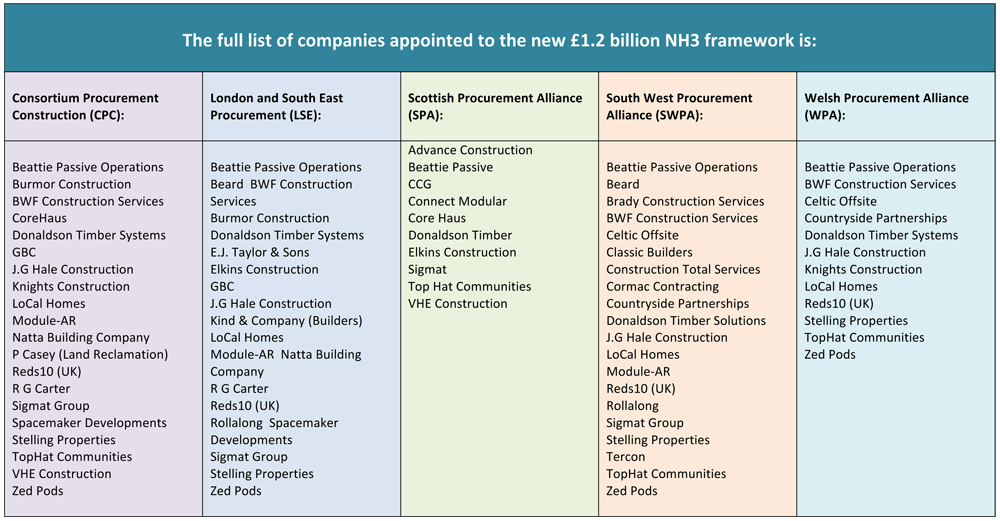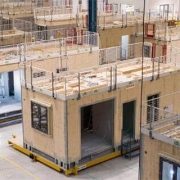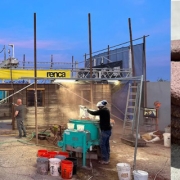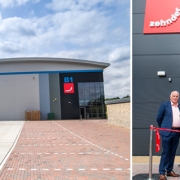Zentia celebrates in style as popular Dune eVo family is renamed Aruba.
Leading UK ceilings manufacturer Zentia has refreshed one of its most popular ranges of ceiling tiles with a new name, including a new high humidity variant.
As part of the company’s transition from Armstrong to Zentia, Dune eVo will now be known as Aruba, a name inspired by the white sandy beaches of the Caribbean and the finely sanded finish of the tile’s surface.
The new high humidity variation is being introduced to support the product family’s flexibility. Aruba hH offers stability at humidity levels of up to 99% RH, making it particularly ideal for high humidity areas such as changing rooms. It also offers Class C sound absorption and good sound attenuation for excellent acoustic performance.
This new addition sits alongside Aruba, Aruba Max and Aruba dB, each bringing their own performance capabilities. Together, they deliver a complete acoustic ceiling solution with the benefits of a continuous face pattern across entire projects.
As a product family, Aruba offers a tile for any environment including education and healthcare through to commercial, leisure, retail, and transportation – for either new-build or refurbishment.

Graham Taylor, Sales and Marketing Director at Zentia, has witnessed the evolution of the original Dune product family as well as the journey from Armstrong to Zentia.
He comments: “The Dune range has been a stalwart of the ceiling tile industry for even longer than I have been around. With its fresh bright surface finish it was a game changer when first launched to market in the early 1980s. Now, we are ready to unveil the first Zentia version, taking the opportunity to reflect our transition from A to Z by renaming Dune to Aruba. Think Dune eVo, say Aruba.
‘It’s a product that has been trusted by generations of architects and installers alike and today, it’s still the reliable and versatile product it’s always been, but with a new name and some exciting family additions, many of which will be released over the coming months.”
This product range is a favourite with specifiers due to its optimum mix of acoustic and aesthetic performance, sustainability credentials and cost-effectiveness. The range gives architects three levels of acoustic performance, high levels of recycled content and 100% recyclability.
To celebrate the launch of the Aruba range, Zentia is running a competition to
win £5,000 worth of holiday vouchers
Please CLICK HERE to see the Zentia website for full T&Cs and details on how to enter














